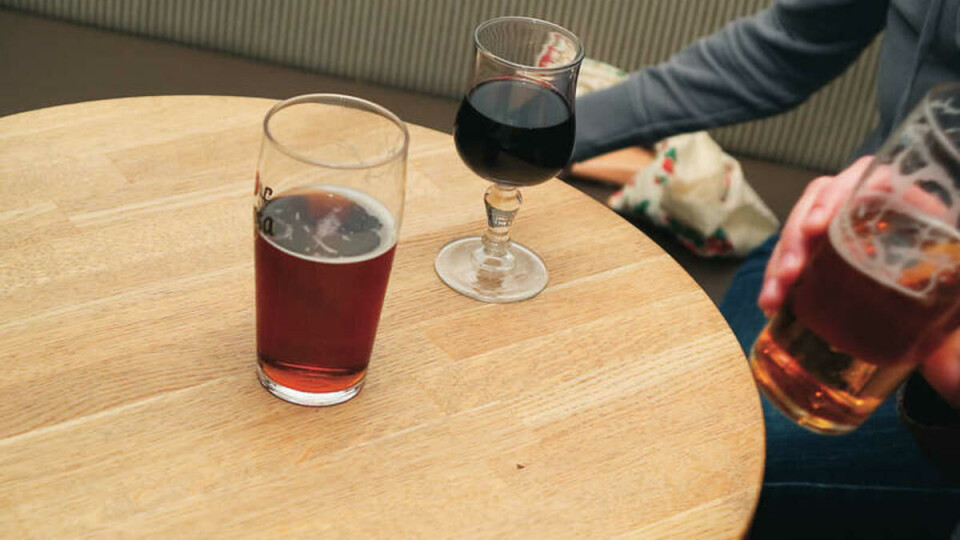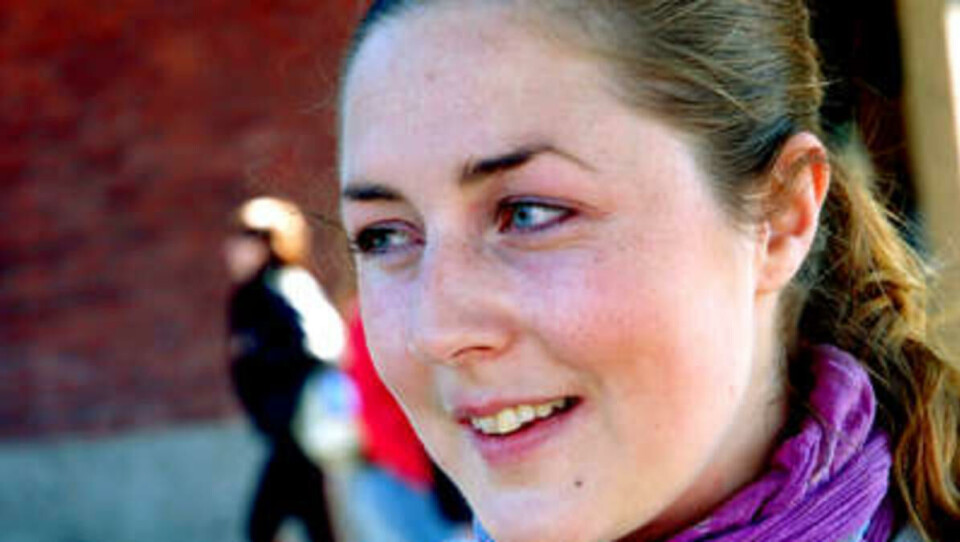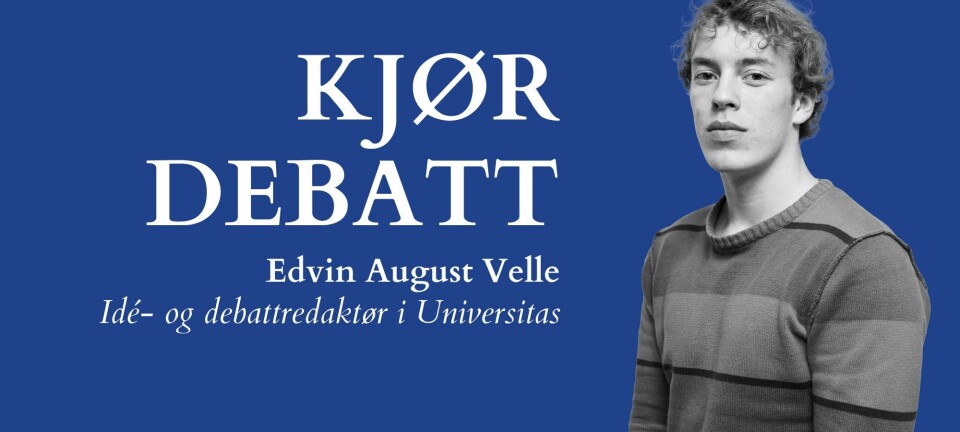Drinking preassure in the Buddy Groups

– One in three risk alcohol-related damages
In only nine years, the consumption of alcohol among students at the University of Oslo has gone up with 20 per cent. The women are in charge of the better part of the growth, but the men still hold the lead. Student Maria Wasvik (21) does not feel that she fits the profile laid out in the research report.

– As many as one in three students may end up with serious health damages because of their alcohol consumption, says Ellen Marie Tefre, social anthropologist and project manager at the National Institute for Alcohol and Drug Research.
She has been in charge of a research project called «Students’ consumption of alcohol and drugs» that is made public today. The report shows that alcohol consumption among students at the University of Oslo (UiO) has gone up with 20 per cent from 1997 to 2006, and that as many as 13 per cent of the female and 16 per cent of the male students meet the criteria of the high-risk group for alcohol-related damages.
– If these high-risk students maintain their drinking habits over time, there is no question that they will face serious health damages in the future, Tefre says, before adding that most students generally reduce their alcohol consumption after they have finished studying.
Half of the students in the research also stated that they had been missing classes due to drinking the night before.
– These are only the immediate consequences. One third has also suffered black outs, one fourth has had unprotected sex, one in ten has suffered injuries and accidents and one in five has been involved in fights. And these numbers are only taken from students who were taking an education, not young people in general.
As many as 56 per cent state that they think there is too much drinking in the student community.
More women drink
Another thought-provoking change in the drinking habits is that female students in the age group 25-29 is drinking 42 per cent more today than in 1997.
– This differs from the rest of the society where alcohol consumption generally goes down after the age of 25.
Hence, Tefre believes that the student context is more significant when it comes to drinking habits than age. That students in this age group drink more today than ten years ago is most probably related to the fact that people are settling down at a later stage in life than before.
– In addition there has been a change of attitudes that allows girls to drink more.
In total, female students in all age groups have increased their alcohol consumption with 28 per cent since 1997, while the men have increased theirs with 23 per cent.
Even though the increase is more substantial among women, the men still drink more, with an average of 200 litres a year. Female students drink approximately 114 litres a year.
Strong accept
Rigmor Mogård is head psychologist at the Foundation for Student Life in Oslo (SiO) and one of the originators of the research project. She believes that the general attitude to alcohol is one of the reasons behind the large increase in alcohol consumption.
– Drinking is an integrated part of the student culture, she says, and broaches the term «majority misunderstanding».
– The term means that people believe that the average drinks more than what is the actual case, and so they adjust their own consumption in accordance with their believes. Attitude campaigns are generally little effective, but hopefully we can change somebody’s minds just by keeping the debate on students’ alcohol consumption alive.
Student freedom leads to drinking
Rector at UiO, Geir Ellingsrud, feels that the university ought to implement preventive measures in order to decrease the consumption of alcohol. The university board has not worked out any concrete measures so far, but Ellingsrud points to the name change from «Beer Tent» to «Festival Tent» as a good initiative.
– It all comes down to what signals we want to send out as an academic institution. We have a responsibility for the alcohol consumption on campus, and we make sure that everything goes on correctly. But in the end it is up to the students to decide how much they want to drink. They are grown-up people after all.
– 56 per cent of the students in the study stated that they thought there were too much alcohol in the student community. How do you feel about that?
– That is absolutely a good indication that something must be done. In many ways the students’ everyday life allows for more drinking. It comes along with the freedom you experience when you are a student. But we really don’t want anyone to feel any drinking pressure.
– Could it be an option to impose stronger restrictions at the university?
– No, I can’t imagine that. But it would be sensible to raise people’s awareness around alcohol and its consequences.
– I don’t drink that often, but of course, I don’t always go home completely sober either, Wasvik says.
She doesn’t feel that there is a drinking pressure at the University of Oslo, but says that there are a lot of focus on alcohol at the beginning of the semester.
– The Buddy Groups mostly have arrangements that involve alcohol and drinking, such as the pub-to-pub trail. I’m sure that some people feel drinking pressure.

































